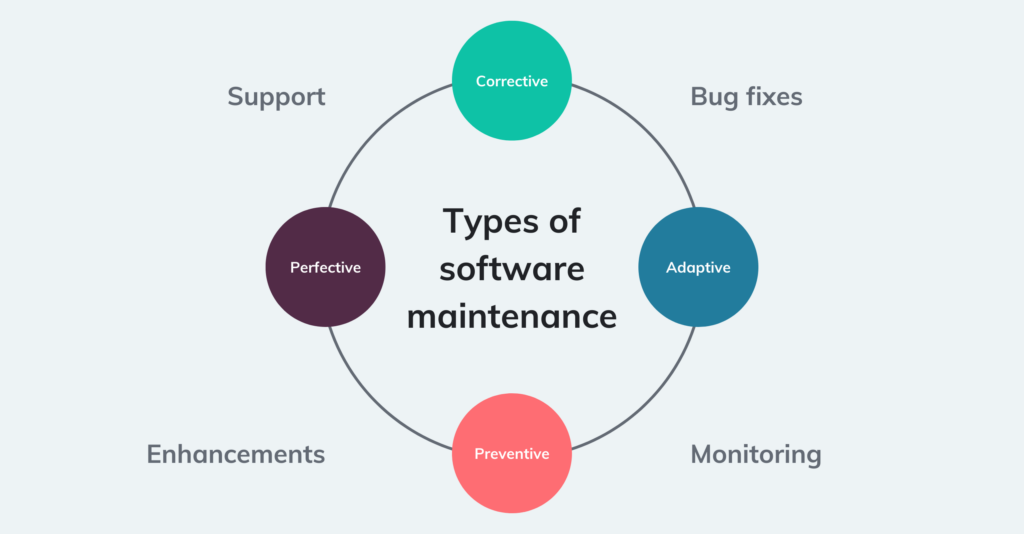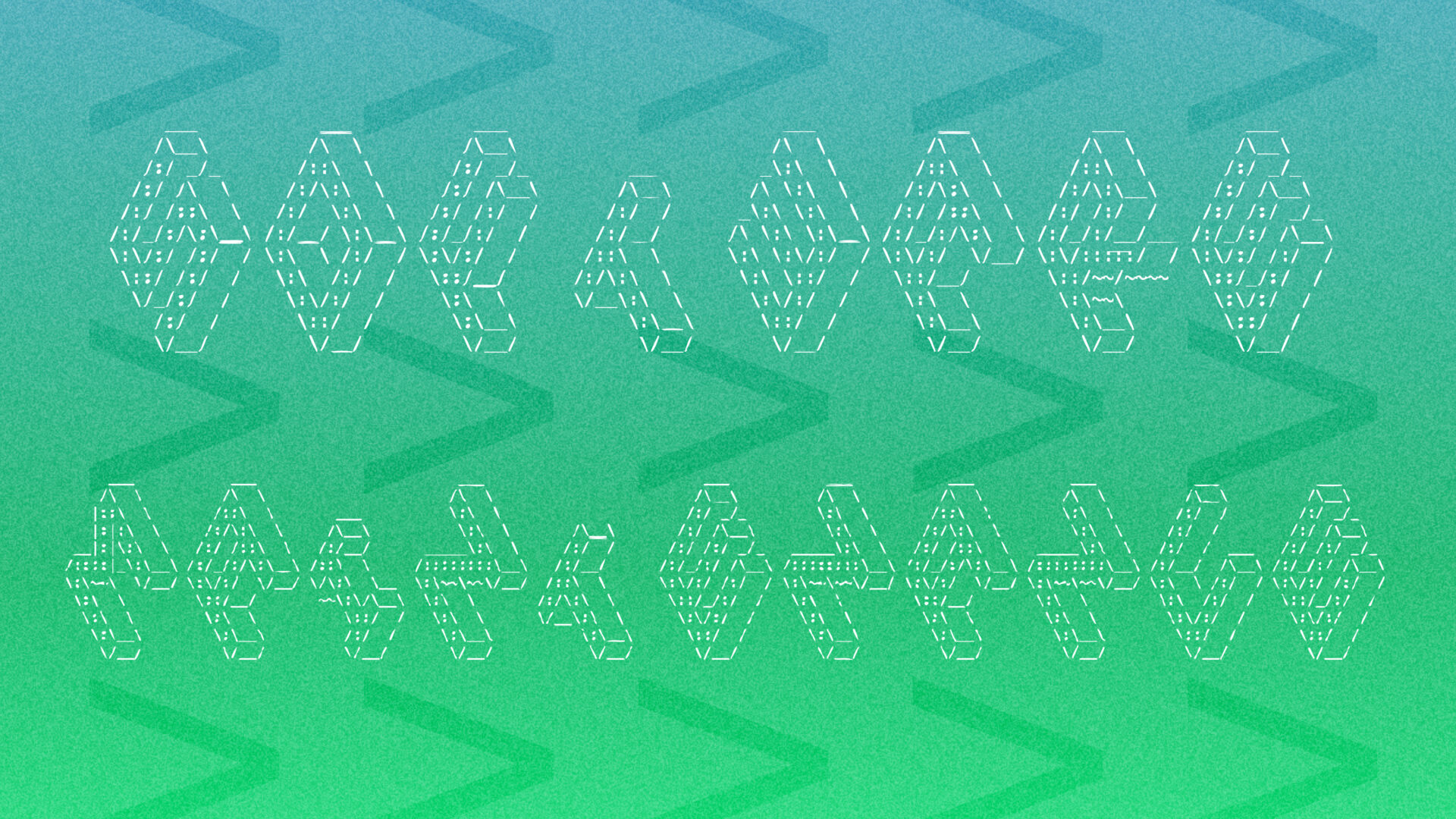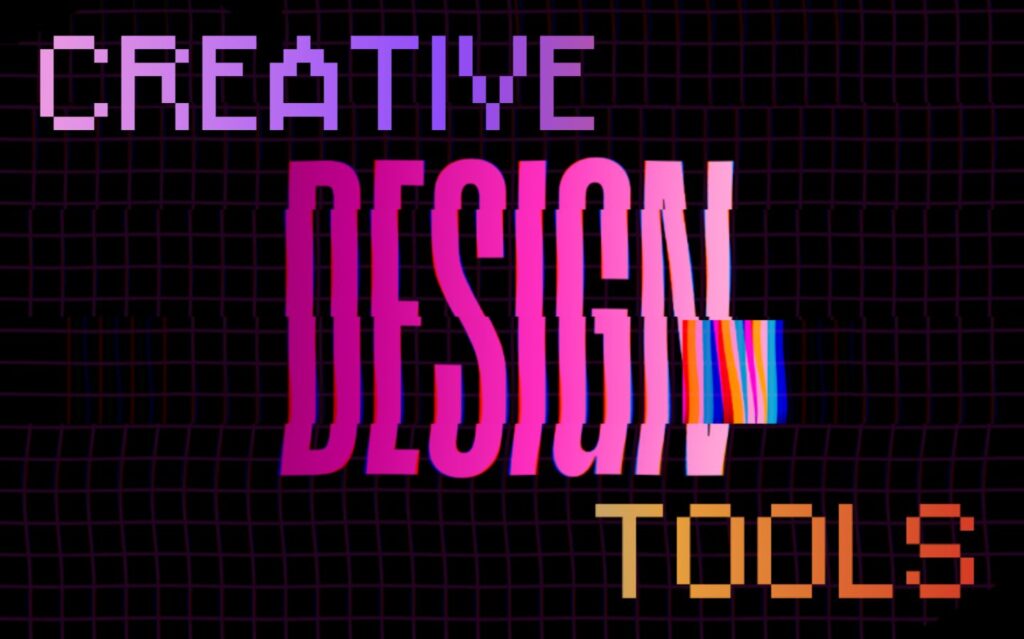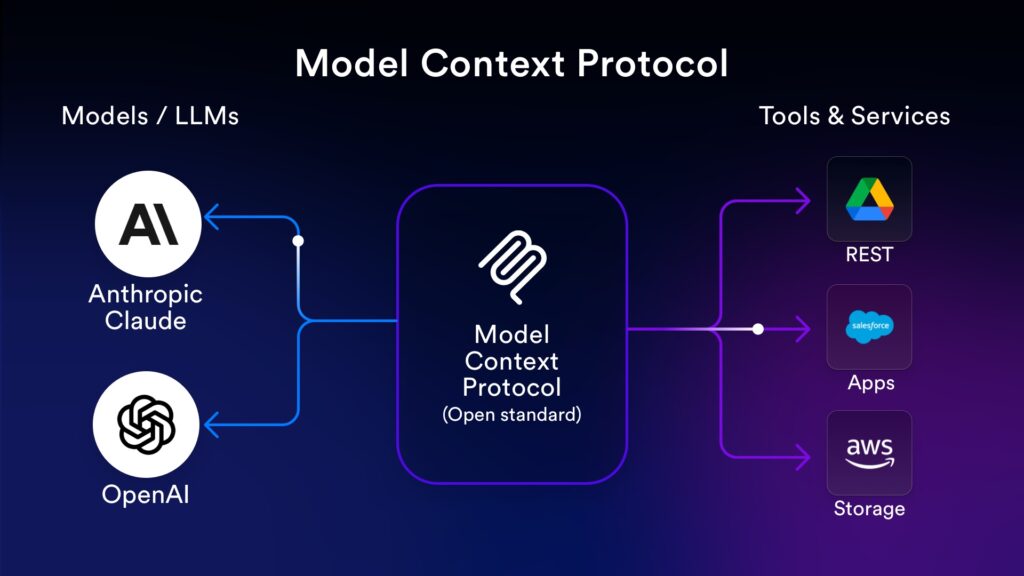The bespoke software development process doesn’t end once we’ve deployed your software. In fact, a lot of work goes into looking after your software from the moment it’s deployed. Whether your product’s users run into unforeseen bugs or the software framework itself needs updating, software maintenance is inevitable. That’s where different types of software maintenance come in.
At Lightflows, we provide long-term software maintenance to ensure your product continues to operate reliably and deliver the user experience you expect. This blog explores the four types of software maintenance to explain how we keep your product in tact once it’s available to your customers or employees and why it’s important for your business.
What is software maintenance?
Software maintenance refers to changing your software after it’s been launched to fix bugs and improve performance. Think of it like a car – to continue delivering optimal performance, cars require regular maintenance. Although, unlike car maintenance, a change to one software component could cause another to fail, so software engineers must review the code as frequently and carefully as possible to keep it up to date.
Software maintenance is the final step in the bespoke software development process, also known as the software development lifecycle (SDLC). But, that’s not to say it’s not important. A large portion of the work actually begins at launch – and for good reason.
Why is software maintenance important?
While our software engineers take great care in building your product as seamlessly as possible during the software development and quality assurance phases, software products will always require changes to keep up with evolving technology and stakeholder needs. Also, by investing in software maintenance, your customers will want to continue using your product, which helps increase brand awareness.
One of – if not the most – important reasons for software maintenance, though, is keeping it safe from vulnerabilities. Leaving your software alone once deployed means leaving it open to potential threats. From data privacy reasons to your software’s lifespan, that’s the last thing we want for you and your customers. By providing regular software maintenance, we can apply the latest security updates to prevent drive-by exploits – that is, blocking cybercriminals from injecting malicious code.

What are the types of software maintenance?
There are four types of software maintenance in software engineering, which are equally important in keeping your software up and running. We go into more detail about the different types of software maintenance below.
Corrective maintenance
When we think of software maintenance, we usually picture this kind of maintenance. It’s also the most common, but corrective maintenance is just one type of software maintenance.
Corrective maintenance involves making ‘corrections’ to any faults or errors within the software that could affect its performance, whether in the logic, code or design. We usually implement this type of maintenance in small, frequent updates to prevent the issues from worsening later.
These corrections usually occur from bug reports and support tickets raised by customers. As your software development partner, we’ll invite you to our internal ticketing system so you can submit these issues with us as and when they occur. Our engineers will then work on them on a priority basis.
Adaptive maintenance
Again, the ever-changing nature of technology means that, sometimes, your software needs updating to keep up with these changes. This can include updates to the operating system (OS) and hardware or software dependencies. This type of software maintenance is called adaptive maintenance.
Adaptive maintenance addresses the software’s ability to continue working on a particular platform. For example, when Apple updates their iOS software, your application may need updating to align with the new system. These changes usually have little impact on users as they focus on the system’s internal operations. However, they may notice improvements in the app’s operational efficiency.
Preventive maintenance
Preventive maintenance refers to regularly and routinely performing maintenance checks to prevent costly unexpected failures and unplanned downtime. In short, it aims to keep the software in working condition for as long as possible.
This type of software maintenance also includes keeping your software safe from new and emerging threats, as we mentioned earlier. Particularly if your software runs on an open-source framework like Drupal, you’ll require preventive maintenance to ensure it applies the latest security updates.
Preventive maintenance can be further divided into different sub-types of software maintenance. These include:
- Time-based maintenance. Time-based maintenance refers to maintenance activities that occur at scheduled times or based on calendar intervals, such as weekly, monthly or quarterly. This type of maintenance is essential as deadlines approach and for addressing necessary work orders.
- Usage-based maintenance. Usage-based maintenance refers to planning and scheduling maintenance activities based on the software’s usage statistics. This type of maintenance accounts for the average daily usage of the software and uses it to forecast a due date for future inspection.
- Prescriptive maintenance. Prescriptive maintenance shows where a failure in the system is likely to occur and why. After collecting and analysing data, this type of maintenance helps you plan maintenance tasks to mitigate risks to the system.
- Predictive maintenance. Predictive maintenance refers to maintenance activities that monitor the software’s condition through complex calculations and algorithms, such as machine learning and data analytics, to predict when it requires maintenance before a potential breakdown occurs.
Perfective maintenance
The final type of software maintenance is perfective maintenance. Perfective maintenance mainly focuses on improving the software’s user experience in response to customer feedback. After all, your customers are the best people to listen to when it comes to what works and how your software can further support their needs – and making such improvements will only help increase customer retention. This type of software maintenance can also refer to adding features or making changes to the software later down the line as your business needs evolve or change.
Summary
There’s still some work to do once your software product has been launched. While our software engineers do their best to minimise potential issues, technical products will always require software maintenance. From exploring these types of software maintenance, we hope we’ve offered a clear insight into how we address certain issues so that, should they arise, you can more easily recognise the assistance you need.
For more information on our software maintenance services, please contact us and we’ll be happy to arrange a discussion.



